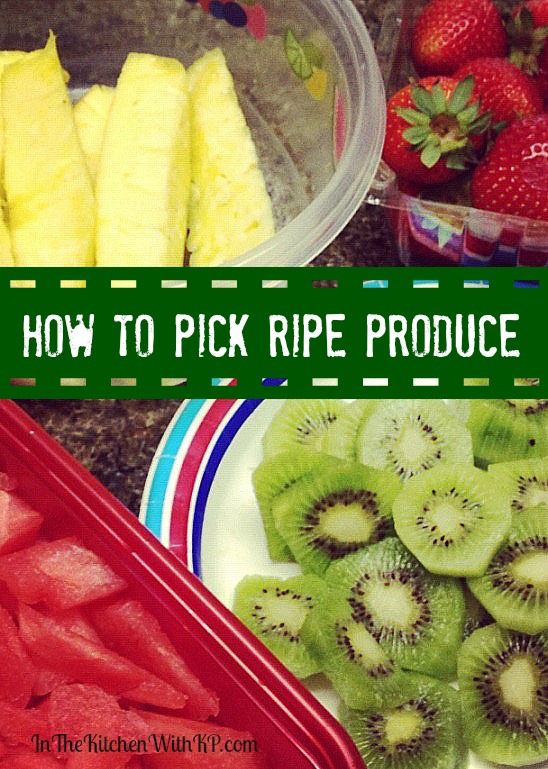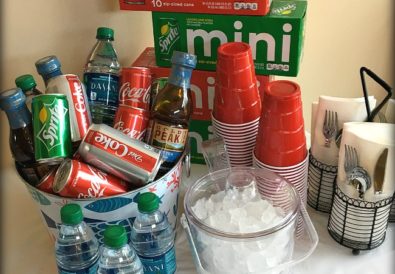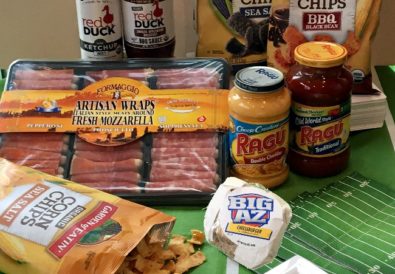Do you love shopping at your local farmer’s market, but often find yourself unsure of how to pick produce that’s ripe? The good news is that most food in farmer’s markets has only been transported a short distance and was harvested when it reached its’ prime. This is different than in grocery stores where a lot of produce has to travel a long distance and is picked before it’s truly ready – only to ripen in transit. This breakdown will help you determine How to Pick Ripe Produce and find the items that are in their prime!
Melons – Melons should be firm but give a little when you push on the rind. If you feel any dents or mushy spots the fruit has likely been damaged in transit. This doesn’t mean the flavor is off but you’ll be taking a chance buying it. Sometimes at the end of the day farmer’s will discount their produce that hasn’t been sold or may have blemishes like soft spots. You can pick up melons for a fraction of the cost. One final tip on melons, the heavier the melon, the more juicy it likely will be.
Citrus – Oranges, lemons, grapefruits, and limes should have a firm skin but not be rock hard. The harder it is, the less juice you’ll find inside. Look for something in-between. Not too hard, not too soft.
Tree ripened fruits – This includes things like plums, peaches, apricots, apples, and citrus fruits. Be sure to smell your fruit. It should have a slightly sweet smell. If there is a very pungent smell – it’s past it’s prime and beginning to rot. The color of the fruit is also important. Avoid anything with dark spots or streaks. You’ll want to do the squeeze test on these fruits as well. If they’re tender to the touch they’re ripe!
Vegetables
With vegetables the opposite is true of fruits. You want most vegetables to be firm to the touch. Things like cucumbers, peppers, onions, and potatoes are examples of veggies that should not be soft to the touch. Tomatoes on the other hand should have a similar feel as fruit.
Leafy Vegetables – Does it look good enough to eat? Then chances are it’s ready to eat! Leafy greens should be firm, crisp and have a clean color. Avoid wilting greens or those with bruised and discolored leaves.
Beans, Peas, and Stalk Vegetables – These should also be crisp and the best way to check is to do the “snap test.” Take one and break it in half. If it snaps easily then it’s ready but if it’s flimsy or takes added effort it’s past its’ prime. Green beans, peas, asparagus, and celery are examples of vegetables that should be able to pass the snap test.
Root Vegetables – If you’re choosing potatoes, sweet potatoes, beets, garlic, or onions check to see they are firm. Vegetables that have cracks in them are dry (the reason they crack). While most vegetables don’t have the same smell cues as fruits, root vegetables do. If it smells dank or of rot – it is not good!
Choosing good fruits and vegetables requires time and attention as well as use of all of your sense. Be sure to feel each item, take a smell, ask questions to the farmer, and if possible taste a sample before you purchase. This way you’ll not only get the best foods possible but you’ll also be learning more about the food you eat.
What’s your best tip for picking your favorite a fresh fruit or vegetable?






Great tips! I’m never quite sure what to pick when I head to the store!